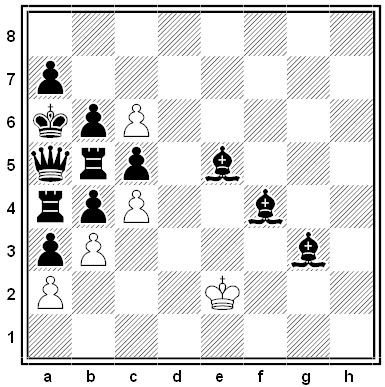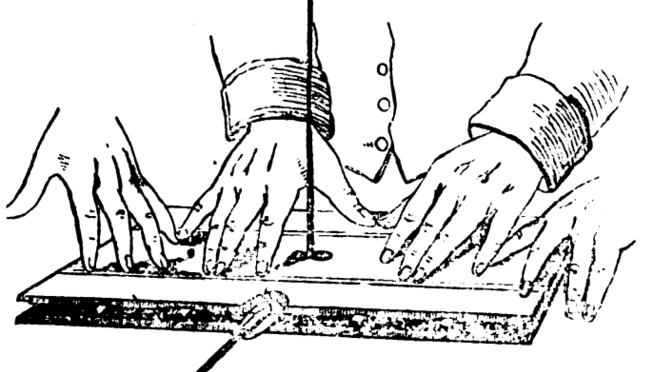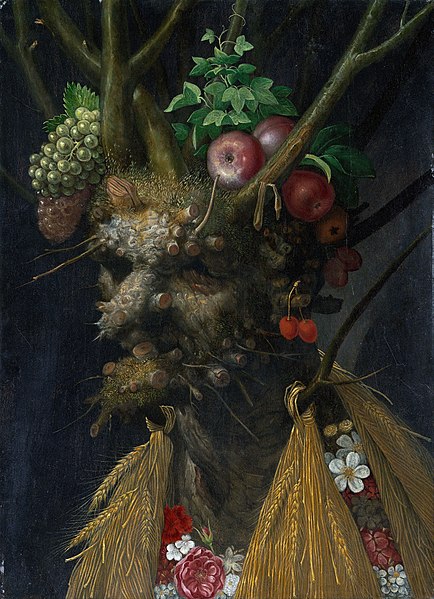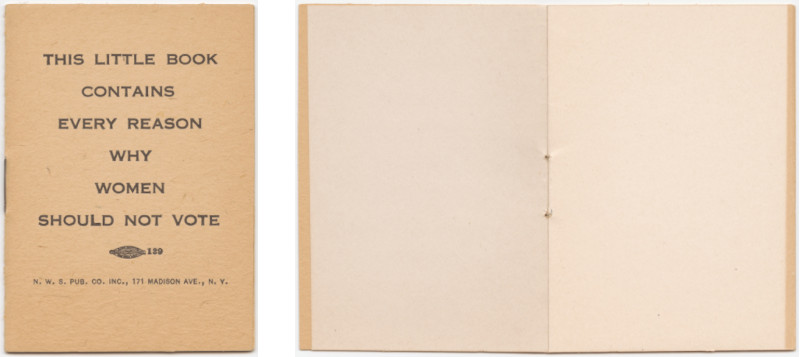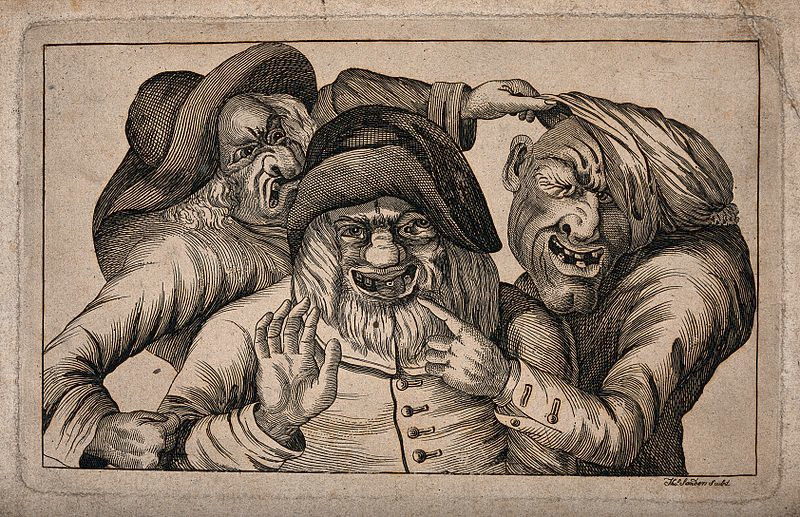
Members of the Liverpool Ugly Faces Club, 1745:
- Mathew Strong, merchant: “A tawny complexion, sharp nose, flook mouth, irregular bad set of teeth like those of an old worn out comb, thoroughly begrimed. A ghastly queer grin and countenance greatly set off by a long carroty beard.”
- John Woods, architect: “A stone coloured complexion, a dimple in his attick story, the pilasters of his face fluted, tortoise eyed, a prominent nose, wild grin, and face altogether resembling a badger, and finer, though smaller than those of Sr Chryst WREN or Inego JONES.”
- John Williamson Jr., merchant: “Ruff face, bleared eyes, flowing like two fountains, monstrous long nose, hooked like the beak of an eagle, pretty large mouth, upon the whole a charming member.”
- William Long: “Rugged face, very prominent large nose, extraordinary wide mouth, no upper teeth, a large under lip, a prodigious long chin, meeting his nose like a pair of nutcrackers, an extraordinary member.”
- Francis Gildart, Esq.: “Large pancake face, little, hollow grey eyes, short turnup, nose, large thick under lip, which almost meets his nose, odd droll, sancho, pancho, phiz, which gives life humour to everything he says. Therefore sets off a joke to ye utmost advantage.”
- Robert Fillingham, merchant: “Little eyes, wide mouth, thin jaws, narrow face. His countenance hard, stern and crabbed. In every respect extremely well qualified.”
- John Parr Sr., draper: “Broad, Punch like face, flat nose, wide nostrils, large mouth, thick lips, stern looks, sallow complexion, hideous grin.”
- William Willocks, merchant: “Longish visage, very uncommon squinting eyes.”
- Lewis Augs Younge, M.D.: “A large carbuncle potato nose, fine and bushy eyebrows, an agreeable facetious grin, wide mouth. When he laughs comes the shape of the moon at a quarter old, and on the whole, a face fitting a member of the Society.”
Worst, apparently, was merchant Joseph Farmer: “Little eyes, one bigger than ye other, long nose, thin lanthorn jaws, large upper lip, mouth from ear to ear resembling the mouth of a shark. A rotten set of irregular teeth, which are set off to great advantage by frequent laughing. His visage long and narrow. His looks upon the whole, extraordinary haggard, odd, comic, and out of ye way. In short, possessed of every extraordinary qualification to render him ye Phoenix of ye Society, as the like will not appear again this 1000 years.”
The club’s motto was Tetrum ante omnia vultum, “Before all things, an ugly face.”
(From the Liverpool Mercury, Sept. 29, 1887.)

